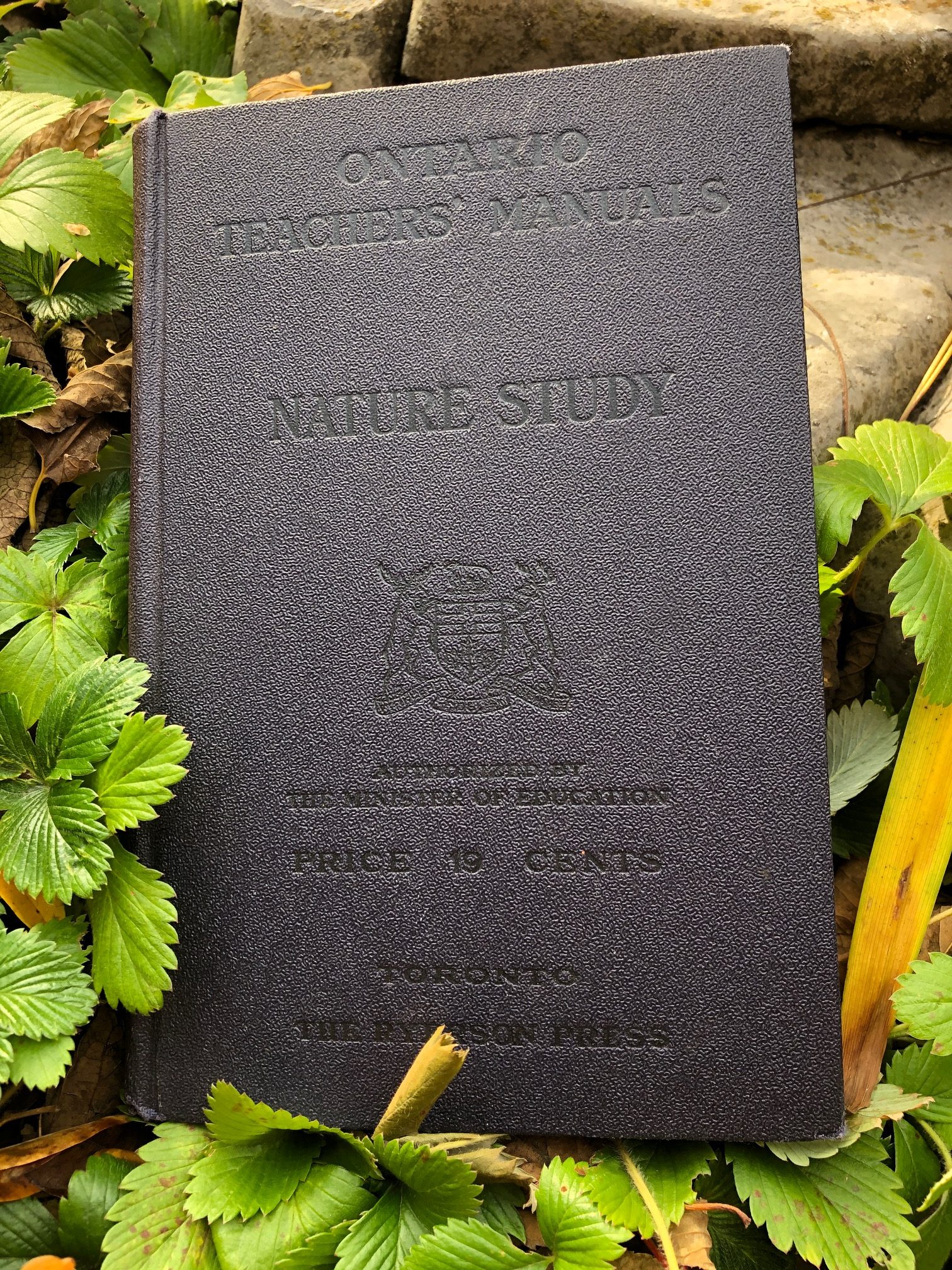| Membership | Price (+HST) |
|---|---|
| Single | $85/year |
| Single Plus | $120/year |
| Family | $130/year |
| Family Plus | $175/year |
| Contributing | $300/year |
| Supporting | $600/year |
| Sustaining | $1,000/year |
| Benefactor's Circle | $2,500/year |
| Director's Circle | $5,000/year |
| President's Circle | $10,000/year |
On Outdoor Environmental Education
By Barb McKean, Head of Education, Royal Botanical Gardens.
The pandemic has been a major disrupter in every sector of our society, shining its germy beam into the corners of the many aspects of our lives we take for granted, including the education system.
Imagine if we could take photos in any school and transmit them back in time, say to 1915. Masks, face shields, and widely-spaced desks in each classroom? Protective plexiglass screens in the office? It’s hard to imagine what people of that era would think. Other unusual sights at some schools this fall, are classes spending more time outdoors. How would people in 1915 react to a photo of today’s students engaged in outdoor learning? Well, aside from the odd clothes and whatever the heck those little rectangles are that everyone has in their hands, it turns out that image would be very relatable.
A prized possession of mine is a government document published about 100 years ago and “Authorized by the Minister of Education” (OK, I confess, I’m a geek). But this isn’t just any government document. I paid $1 for it in a used bookstore the year before I started work at RBG, and as someone whose career has been entwined with the field of outdoor environmental education, I marvel at it still. First published in 1915, it is one of many Ontario Teachers’ Manuals. The subject? Nature Study. Yes, you read that right. At a time when more than half of Canadians were still rural, children studied nature as a subject. In school. Every week.
Around the world, health experts from Dr Fauci to Dr Tam, have promoted the idea of getting out of the classroom as a way to slow the rise of the second wave. But the benefits of taking students outdoors go so much further than reducing transmission of the COVID-19 virus. A growing body of research supports the many positive impacts of outdoor teaching and learning on academic achievement, creativity and overall health and well-being of students, including their fitness, social connections and mood. It also improves wellness and job satisfaction levels of their teachers.
How can something so simple have such profound outcomes? Because humans are wired for the wild. It turns out that being immersed in greenspace does a lot for our brains and bodies, including restoring our ability to concentrate, focus and calm ourselves, as well as helping us to connect and engage with the biodiversity that supports our lives. For, as the manual notes, ”This implies the widening and enriching of human interests through nurturing the innate tendency of the child to love the fields and woods and birds; the checking of the selfish and destructive impulses by leading [him] to see the usefulness of each creature, the harmony of its relations to its environment, and the significance if its every part.”
Despite the unusual challenges they’re facing in 2020, today’s educators are adapting, innovating, problem-solving, and collaborating to make this new normal work. Here’s something to add to the innovation list: nature-based teaching and learning. It is so 1915, yet it supports every 21st-century educational practice, from subject integration to STEAM, inquiry, place-based and project-based learning. They’re all there in my little black book – and authorized by the Minister of Education, no less.

Wednesday, October 21 is the 10th anniversary of an initiative called Take Me Outside Day. Teachers are invited to head outdoors with their students and post their #TakeMeOutsideDay activities on social media. For resources, see takemeoutside.ca.
ECE to Grade 8 teacher resources for outdoor inquiry can be downloaded for free (in English or French) from our Back to Nature Network site at back2nature.ca.
The Ontario Teachers’ Manual for Nature Study is online too! http://www.gutenberg.org/ebooks/26139
More from the RBG Blog
Check out RBG’s blog for announcements, articles, and more from Canada’s largest botanical garden.
Want to be sure you hear first? Sign up for our weekly e-newsletter to hear about upcoming events, weekend activities, articles, and more!












